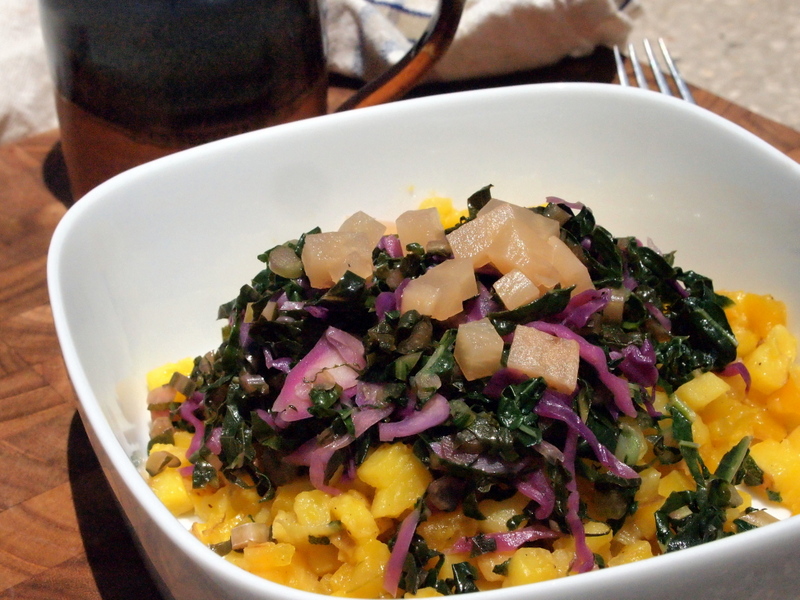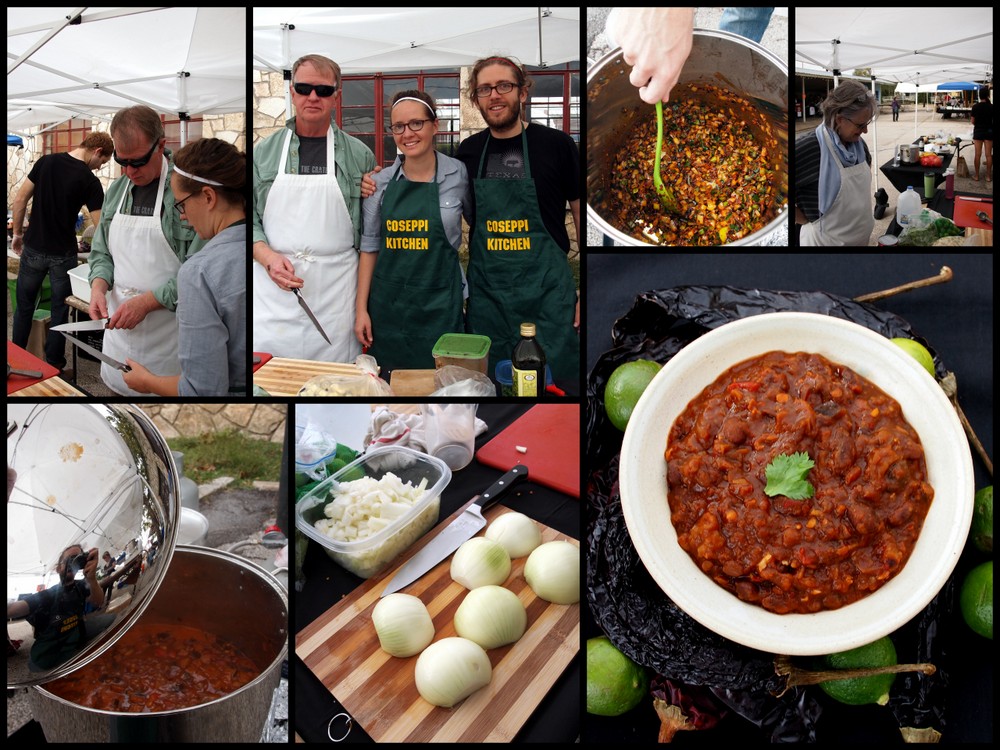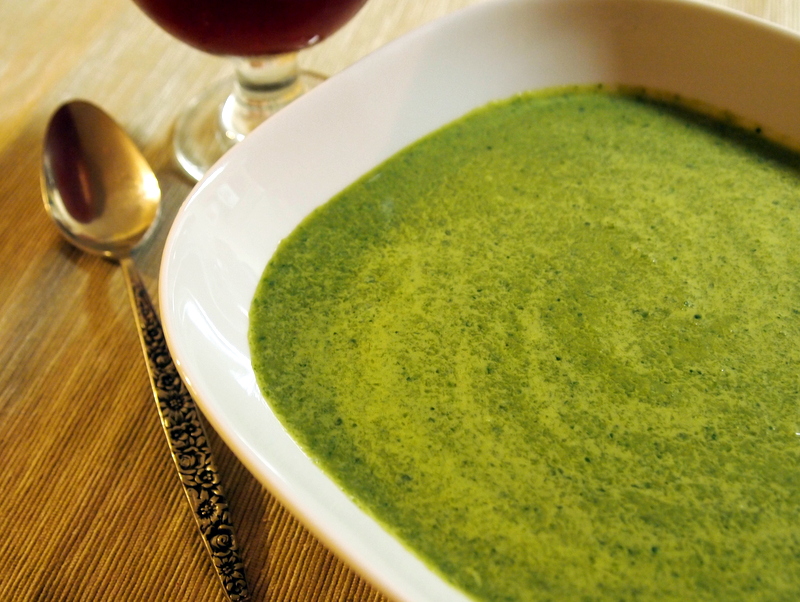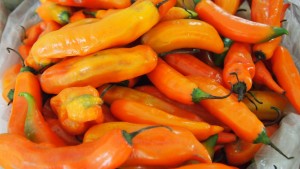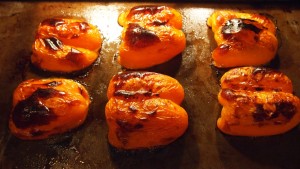Almost nothing in the world is as delicious and nutritious as a fresh ripe avocado but neatly cutting one is a task that takes a little bit of technique. These steps should help:
- First cut the circumference of the avocado from top to bottom all the way to the pit.
- Gently twist the avocado to separate the two halves; the pit should separate into one of the halves.
- Hold the half with the pit firmly in your non-dominant hand, and using a heavy knife, carefully strike the pit with a single firm blow. The knife should stick in the pit and with a twist and pull you should be able to easily remove it.
- Now you can simply peel the two avocado halves and use as directed.
